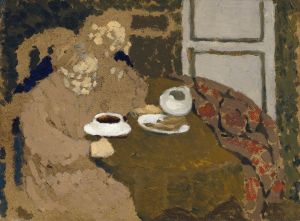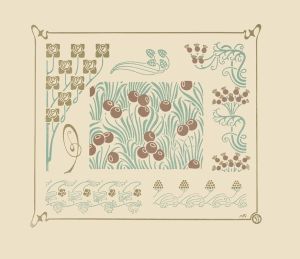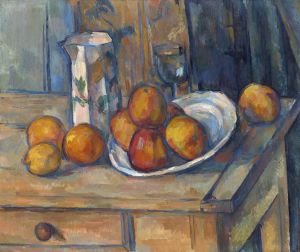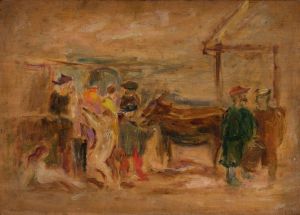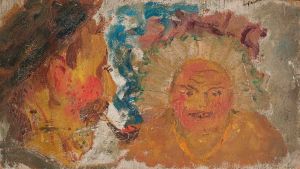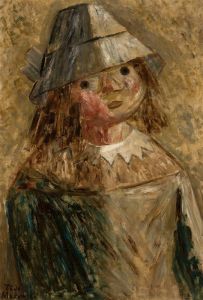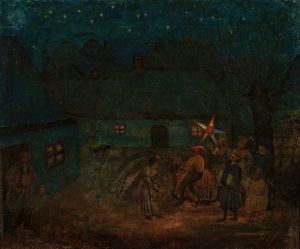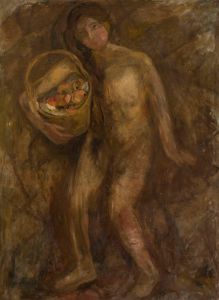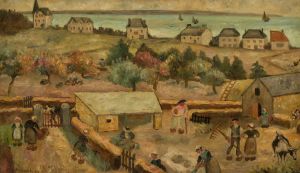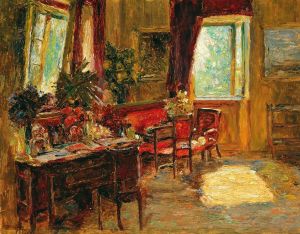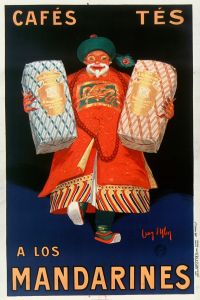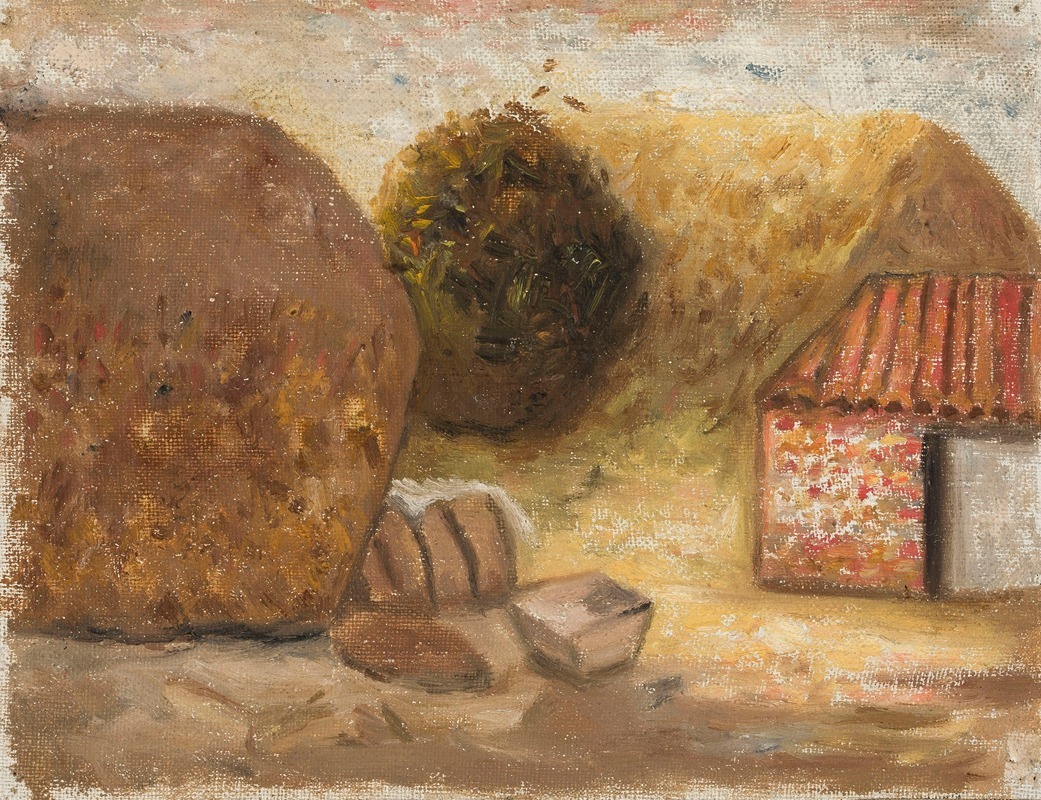
Stogi
A hand-painted replica of Tadeusz Makowski’s masterpiece Stogi, meticulously crafted by professional artists to capture the true essence of the original. Each piece is created with museum-quality canvas and rare mineral pigments, carefully painted by experienced artists with delicate brushstrokes and rich, layered colors to perfectly recreate the texture of the original artwork. Unlike machine-printed reproductions, this hand-painted version brings the painting to life, infused with the artist’s emotions and skill in every stroke. Whether for personal collection or home decoration, it instantly elevates the artistic atmosphere of any space.
Tadeusz Makowski (1882–1932) was a Polish painter known for his distinctive style that combined elements of Post-Impressionism, Cubism, and folk art. His works often depicted rural life, children, and landscapes, reflecting a deep connection to his Polish heritage and a sensitivity to the simplicity of everyday scenes. One of his notable works is Stogi (translated as Haystacks), which exemplifies his artistic approach and thematic focus.
Stogi is a painting that showcases Makowski's interpretation of rural landscapes, a recurring subject in his oeuvre. The artwork depicts haystacks in a countryside setting, rendered with a blend of geometric forms and soft, muted colors. This combination reflects Makowski's engagement with Cubist principles while maintaining a personal and emotional connection to the subject matter. The haystacks, a common motif in European art, are presented in a way that emphasizes their structure and texture, creating a harmonious balance between abstraction and realism.
Makowski's artistic journey began in Kraków, Poland, where he studied at the Academy of Fine Arts under the guidance of prominent Polish artists. In 1908, he moved to Paris, where he was influenced by the avant-garde movements of the time, including Cubism. Despite these influences, Makowski developed a unique style that stood apart from his contemporaries. His works often carried a sense of nostalgia and simplicity, drawing inspiration from Polish folk traditions and rural life.
Stogi reflects Makowski's ability to merge modernist techniques with traditional themes. The painting captures the essence of the countryside, emphasizing the quiet beauty of agricultural life. The use of geometric shapes to depict the haystacks and the surrounding landscape demonstrates Makowski's skill in abstraction, while the subdued color palette evokes a sense of calm and introspection.
Throughout his career, Makowski remained deeply connected to his Polish roots, even while living and working in France. His works, including Stogi, are celebrated for their ability to convey universal themes through a distinctly Polish lens. Today, Makowski is regarded as one of Poland's most important modernist painters, and his works are held in high esteem in both Polish and international art circles.
Stogi is housed in the National Museum in Warsaw, Poland, where it continues to be appreciated for its artistic and cultural significance. The painting serves as a testament to Makowski's talent and his ability to bridge the gap between modernist innovation and traditional subject matter.





